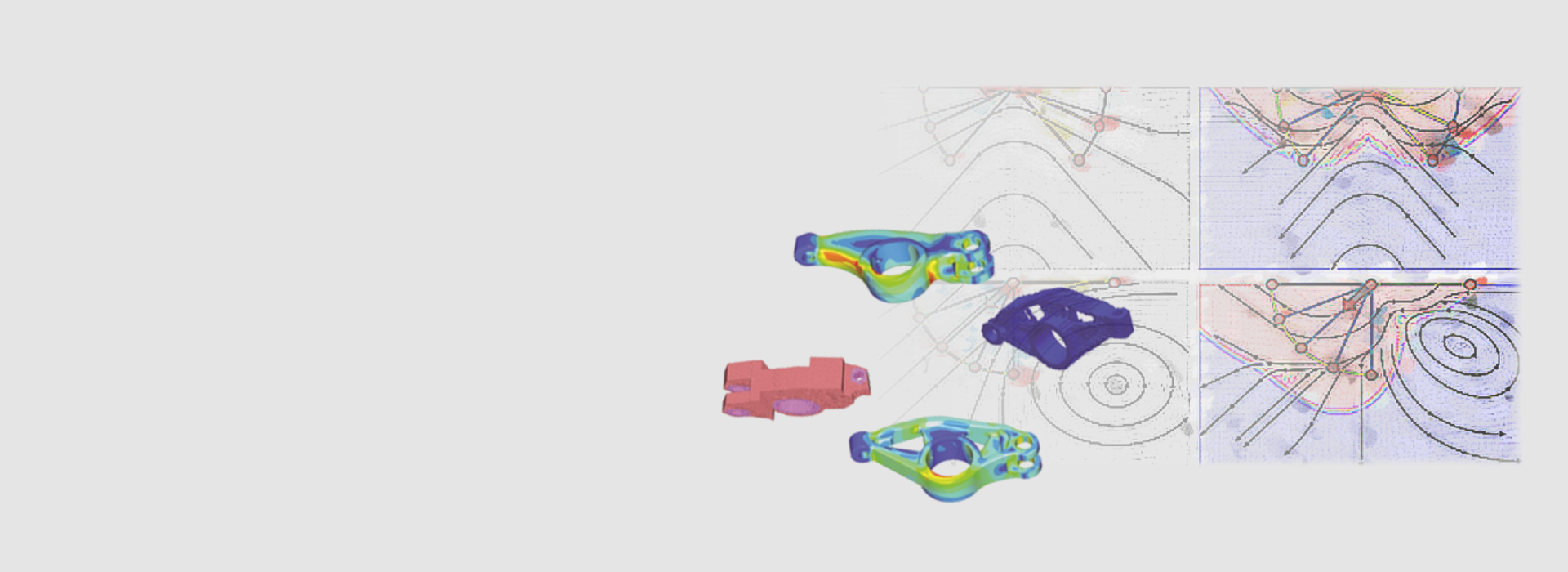-
Structural mechanics – technical design based on nature
Additive manufacturing gives much design freedom and is therefore particularly suitable for the production of complex lightweight structures. The dimensioning of components and structures under loads is carried out by means of structural mechanics and optimization. Tools are stress and deformation analysis as well as notch stress investigations and special analysis methods of fracture mechanics. In addition to material properties and loads, the shape is of great importance for the lifespan and failure of biological structures and technical components. Computer programs and computer free thinking tools are developed for the transfer of biological design into technology.
An important goal of tribology is to better understand and ultimately reduce friction and wear. For this purpose, natural and bio-inspired materials, structures and optimization methods are investigated. In tribologically loaded materials, folding instabilities and vortices lead to the formation of complex internal structures. This is true for geological as well as nanoscopic contacts. Classically, these structures have been described by Kelvin–Helmholtz instabilities or shear localization. We introduce an alternative explanation based on an intuitive approach referred to as the force cone method. The method was mainly established to create lightweight mechanical structures, but also allows an intuitive manner to identify the subsurface areas where compressive and tension stresses are acting. Through considering the interaction between tension and compression cones, whirl formation for forces acting on the surface can be predicted.

